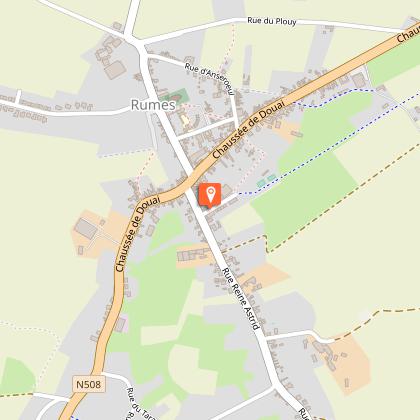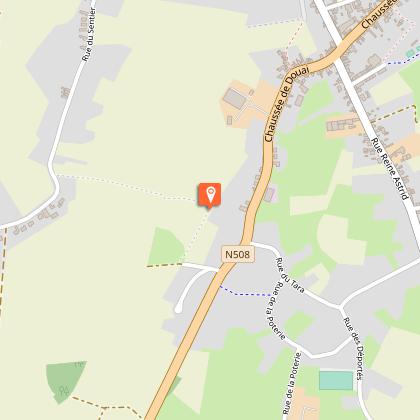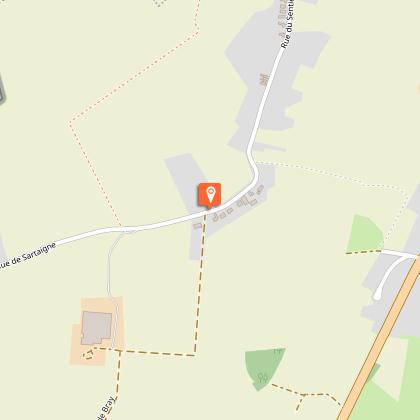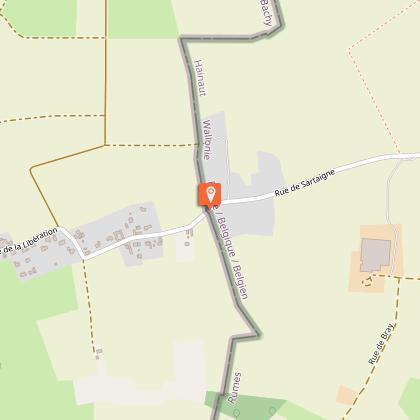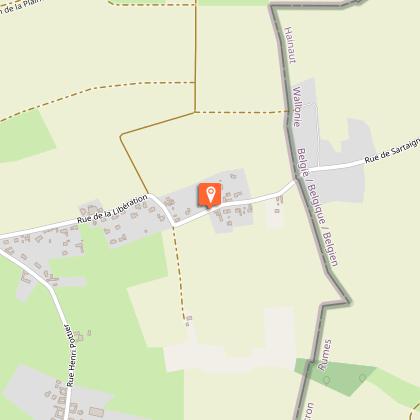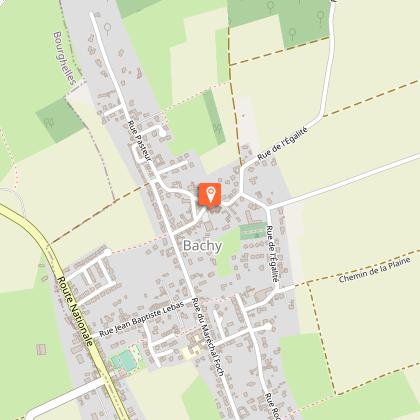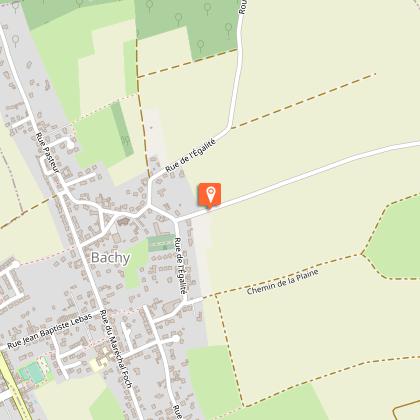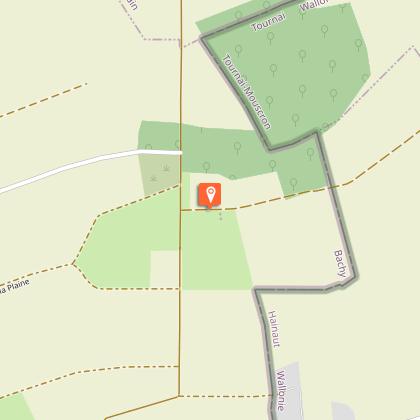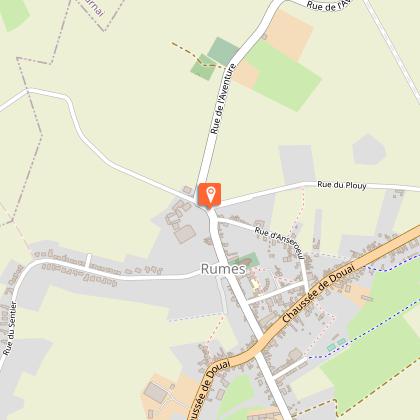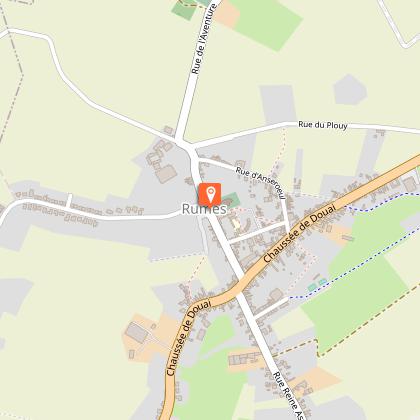Alert
Alerts
Type of practice
Walking
Medium
3h
Presentation
Map
Points of interest
Cirkwi brief's
Ratings and reviews
See around
In Monique's Footsteps

The Cirkwi brief
Explore the Path of "Monique": A Heroic Journey through Time
Designed by the Office de Tourisme Pévèle Carembault, this intriguing itinerary doesn't just offer a walk but an immersive journey back to World War II. As you tread along the same paths that Henriette Hanotte, known as "Monique", and the allied aviators used to escape Nazi-occupied territory, the vast clay plains around Bachy and the smuggler's trails from Rumes beckon with stories of courage and freedom. The surrounding unchanged landscapes serve as a canvas, painting a vivid picture of the past while allowing you to connect with history in a profound and personal way.
Brief Technical Overview
The route spans approximately 10.8 kilometers, with altitude variations from 49 meters at its lowest to 74 meters at its highest point. Its total positive elevation gain is 24 meters, providing a relatively flat terrain suitable for walkers of all levels. The technical details underscore an accessible journey, emphasizing the physical ease of following in the footsteps of history's courageous figures without requiring specialized training or equipment.
Seasonal Tips and Safety Advice
Irrespective of the season, proper preparation can enhance your experience. In spring and summer, light clothing and sun protection are essential. Autumn, with its cooler temperatures, calls for layers and possibly water-resistant gear. Winter's crisp air demands warm attire and possibly anti-slip boots, given the region's clayey soil. Always carry water, regardless of the season, and respect the countryside by staying on marked paths. Remember, this historic trail is not just for walking; it's for remembering and honoring those who passed before.
Insights into the Territory and Region
Bachy sits in a region steeped in history, not just from World War II, but across centuries. This itinerary crosses the border of France and Belgium, zones that have seen much flux through history due to their strategic positions in Europe. These lands tell stories of war, peace, and humanity's resilience. The Office de Tourisme Pévèle Carembault's initiative to make such journeys accessible to the public serves as a reminder of our shared history and the importance of preserving these narratives for future generations.
Local Weather and Best Visiting Times
The region typically enjoys a temperate maritime climate, with mild winters and cool summers. Rain is fairly evenly distributed throughout the year, though spring and early summer often bring clearer skies and more comfortable conditions for walking. The best times to embark on this historical journey are likely between April and June or September and October, when the weather is most favorable for outdoor activities. These periods offer an ideal balance of comfortable temperatures, manageable precipitation, and the beauty of the landscape in bloom or the rustic hues of autumn.
Designed by the Office de Tourisme Pévèle Carembault, this intriguing itinerary doesn't just offer a walk but an immersive journey back to World War II. As you tread along the same paths that Henriette Hanotte, known as "Monique", and the allied aviators used to escape Nazi-occupied territory, the vast clay plains around Bachy and the smuggler's trails from Rumes beckon with stories of courage and freedom. The surrounding unchanged landscapes serve as a canvas, painting a vivid picture of the past while allowing you to connect with history in a profound and personal way.
Brief Technical Overview
The route spans approximately 10.8 kilometers, with altitude variations from 49 meters at its lowest to 74 meters at its highest point. Its total positive elevation gain is 24 meters, providing a relatively flat terrain suitable for walkers of all levels. The technical details underscore an accessible journey, emphasizing the physical ease of following in the footsteps of history's courageous figures without requiring specialized training or equipment.
Seasonal Tips and Safety Advice
Irrespective of the season, proper preparation can enhance your experience. In spring and summer, light clothing and sun protection are essential. Autumn, with its cooler temperatures, calls for layers and possibly water-resistant gear. Winter's crisp air demands warm attire and possibly anti-slip boots, given the region's clayey soil. Always carry water, regardless of the season, and respect the countryside by staying on marked paths. Remember, this historic trail is not just for walking; it's for remembering and honoring those who passed before.
Insights into the Territory and Region
Bachy sits in a region steeped in history, not just from World War II, but across centuries. This itinerary crosses the border of France and Belgium, zones that have seen much flux through history due to their strategic positions in Europe. These lands tell stories of war, peace, and humanity's resilience. The Office de Tourisme Pévèle Carembault's initiative to make such journeys accessible to the public serves as a reminder of our shared history and the importance of preserving these narratives for future generations.
Local Weather and Best Visiting Times
The region typically enjoys a temperate maritime climate, with mild winters and cool summers. Rain is fairly evenly distributed throughout the year, though spring and early summer often bring clearer skies and more comfortable conditions for walking. The best times to embark on this historical journey are likely between April and June or September and October, when the weather is most favorable for outdoor activities. These periods offer an ideal balance of comfortable temperatures, manageable precipitation, and the beauty of the landscape in bloom or the rustic hues of autumn.
Automatically generated.
IGN cards

2605SB - SAINT-AMAND-LES-EAUX CONDÉ-SUR-L'ESCAUT
Editor : IGN
Collection : TOP 25 ET SÉRIE BLEUE
Scale : 1:25 000
13.90€
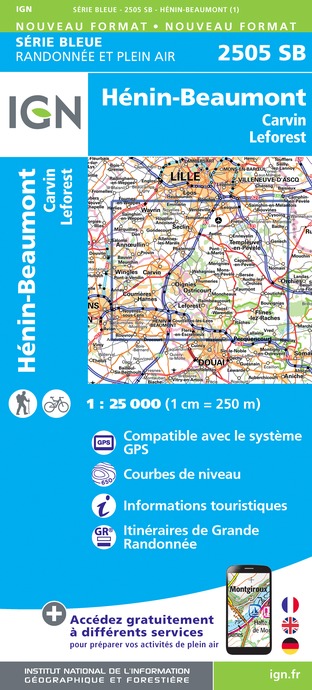
2505SB - HÉNIN-BEAUMONT CARVON LEFOREST
Editor : IGN
Collection : TOP 25 ET SÉRIE BLEUE
Scale : 1:25 000
13.90€
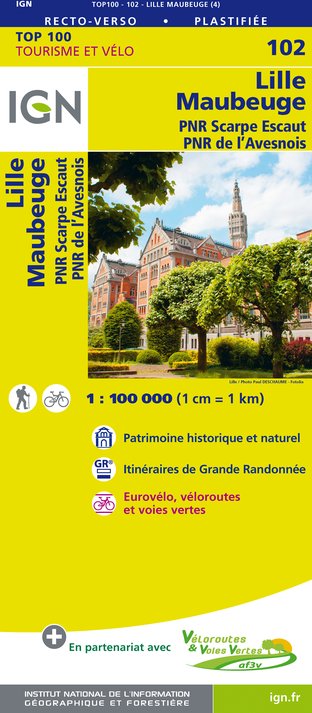
102 LILLE MAUBEUGE PNR SCARPE ESCAUT PNR DE L'AVESNOIS
Editor : IGN
Collection : TOP 100
Scale : 1:100 000
8.40€

D59-62 NORD PAS-DE-CALAIS
Editor : IGN
Collection : CARTES DÉPARTEMENTALES IGN
Scale : 1:150 000
5.90€

NR01 HAUTS-DE-FRANCE
Editor : IGN
Collection : CARTES RÉGIONALES IGN
Scale : 1:250 000
6.80€
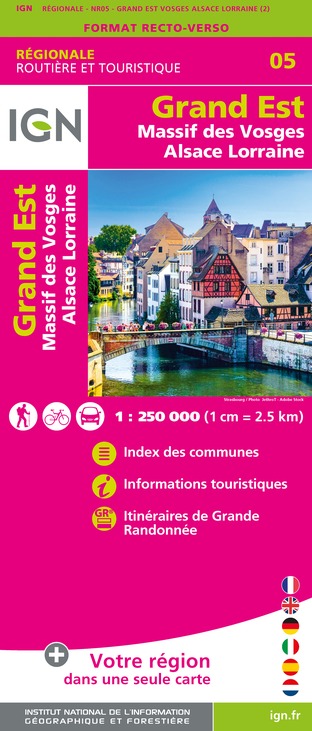
NR05 GRAND EST RECTO/VERSO MASSIF DES VOSGES ALSACE LORRAINE
Editor : IGN
Collection : CARTES RÉGIONALES IGN
Scale : 1:250 000
6.80€

NR04 - GRAND EST RECTO/VERSO ARDENNE CHAMPAGNE
Editor : IGN
Collection : CARTES RÉGIONALES IGN
Scale : 1:250 000
6.80€

EUROPE
Editor : IGN
Collection : DÉCOUVERTE DES PAYS DU MONDE IGN
Scale : 1:2 500 000
7.00€

PAYS-BAS BELGIQUE LUXEMBOURG
Editor : IGN
Collection : DÉCOUVERTE DES PAYS DU MONDE IGN
Scale : 1:300 000
7.00€
Technical Information
Walking
Difficulty
Medium
Duration
3h
(1d)
Dist.
11 km
Type of practice
Walking
Medium
3h
Show more
Altimetric profile
Starting point
14
Place de la Liberté
,
59830
Bachy
Lat : 50.55331Lng : 3.25975
Points of interest
Data author
Ratings and reviews
To see around
